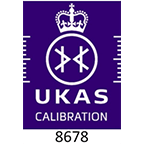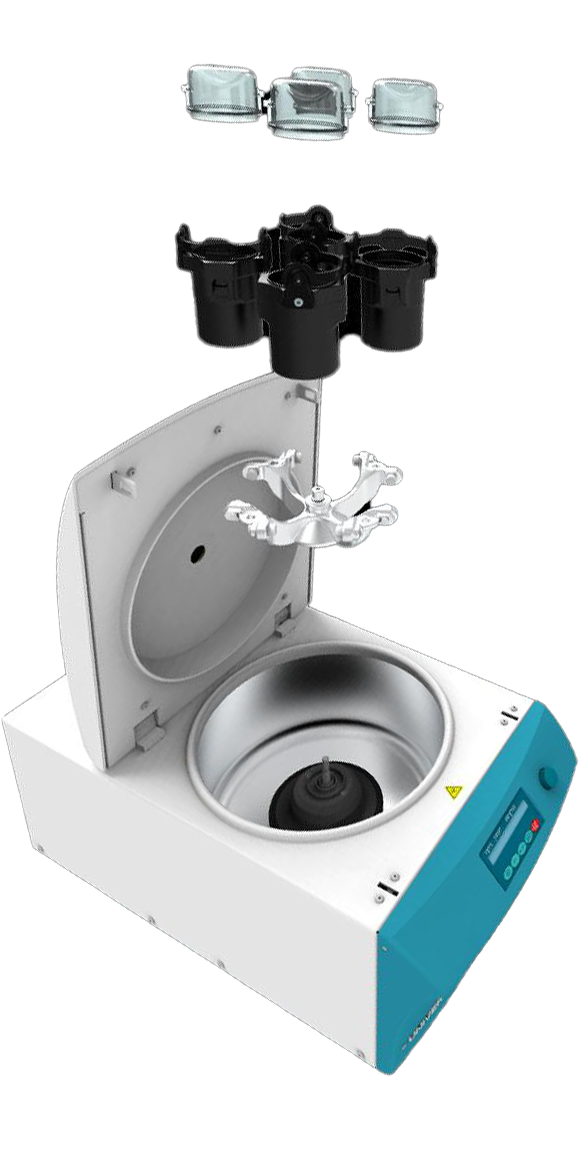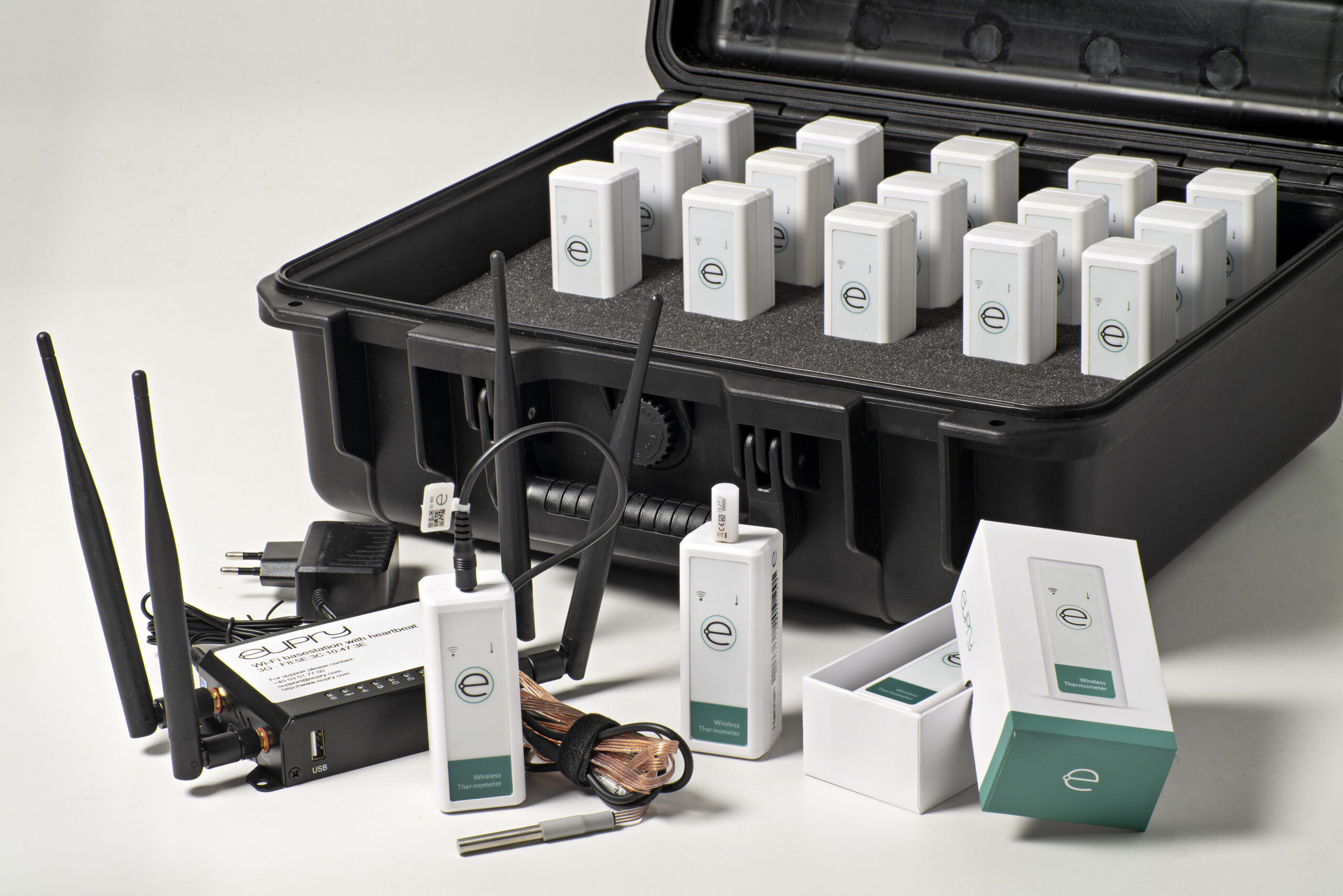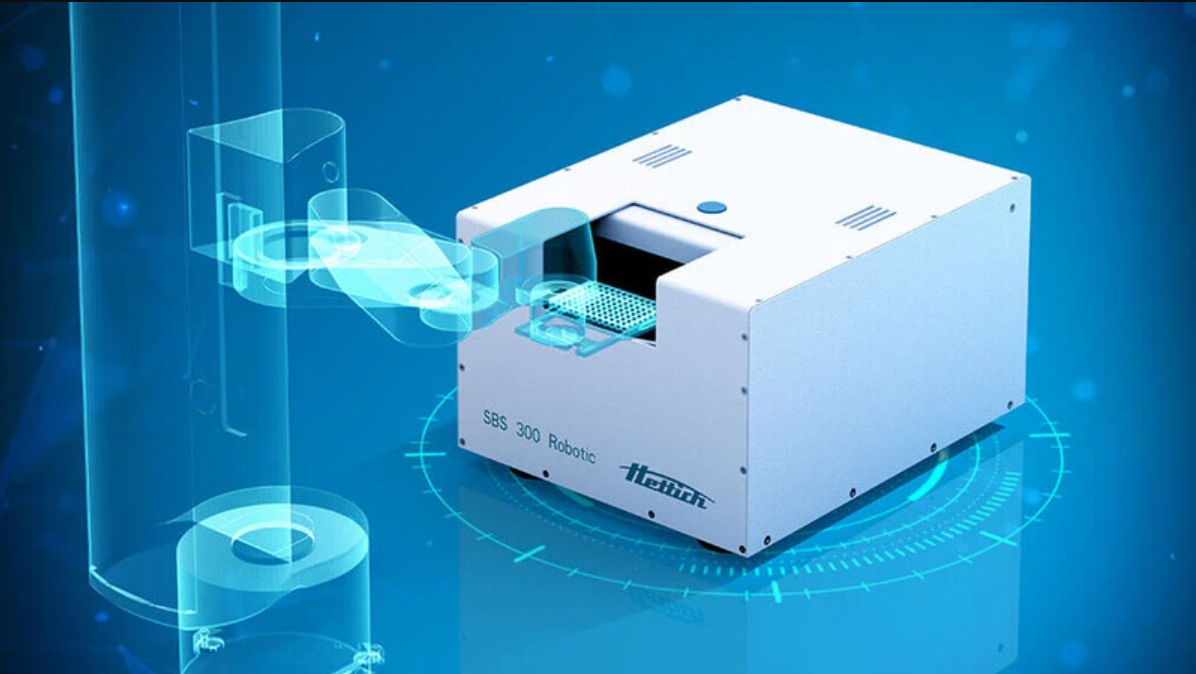I have already written a temperature mapping guide in a previous blog, back in May 2021. This was a basic step-by-step guide which highlighted some of the things you need to think about when performing temperature mapping.
A lot of people have been asking us since then about temperature mapping. The same questions often come up. Why is it needed? When should I do it? In this month’s blog, I will look at temperature mapping in a bit more detail and try to answer some of these questions.
What is temperature mapping?
According the Nathan Roman, Director of Validation at Genesis AEC, temperature mapping is: ‘the process of collecting and analysing temperature data from different locations within a facility, storage space or temperature-controlled equipment to ensure it is operating within pre-determined limits and to identify any deviations from those limits’.
In short, that means you are checking that the space is capable of storing temperature sensitive resources under the appropriate conditions. That means you’re are proving that the temperature-controlled space is suitable for its intended use.
You can perform a temperature mapping exercise in any temperature-controlled area. This could be:
- Refrigerator or freezer (including ULTs).
- Incubators.
- Walk in cold room.
- Warehouse or other storage area.
- Temperature controlled transportation vehicles such as vans or articulated lorries.
- Ovens.
When should I carry out temperature mapping?
If you are mapping a warehouse, it is a good idea to map before items are stored (i.e. an empty warehouse) and when it is full of stock. This is the same for mapping a piece of equipment like a refrigerator. If you do not want to compromise your temperature sensitive items, you may want to put dummy boxes inside your equipment to mimic the actual product.
It is also a good idea to perform the mapping exercise at least twice a year. Once during the summer and another during the winter. This is particularly true for warehouses which can vary in temperature quite dramatically during different seasons.
Why should you perform temperature mapping?
There are many reasons why you should perform temperature mapping. Below are some examples of why you would need to perform a temperature mapping exercise:
- Ensuring that the equipment you are using, such as a refrigerator, is working properly.
- Identify hot and cold spots in a storage area.
- It is a crucial element for the production, transport and storage of drugs.
- Identify any infrastructure or design issues such as problems with the HVAC system or insulation.
- To meet regulatory standards such as those set by the MHRA and other regulatory bodies.
How many data loggers do I need?
There is no set number of data loggers needed to perform a temperature mapping exercise. It will depend on what you are storing, how big the area is and how users will interact with the temperature-controlled area.
In a refrigerator, it is common to have one in each corner of the internal chamber, plus one in the middle and an ambient sensor. This makes a total of 10 data loggers. If the area is particularly large, you may want to put additional loggers on each shelf. These could be placed on top or under the shelf depending on your requirements.
In a large area such as a warehouse, you will want to map at the highest point of storage, not the highest shelf or pallet location. You should identify particular problem areas like where heaters, windows and doors are located as this will have an impact on the overall temperature of the area.
How Henderson Biomedical can help
Our company supply the Eupry temperature and humidity data loggers used for mapping. We can supply a ‘DIY’ temperature mapping kit, or we can arrange for an engineer to come to your site. In tandem with our temperature monitoring partner, Eupry, we can arrange to have a virtual meeting with you to discuss your requirements.
Give us a call on 020 8663 4610, email us at info@henderson-biomedical.co.uk or complete our online form and a member of our team will be glad to help.









